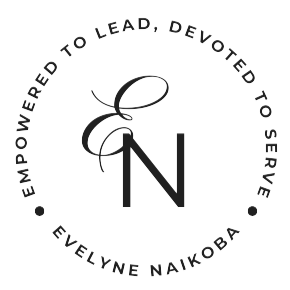Book Appointment Now

The Expanding Role of Boards: Risk, Relationships, and the Realities of the Modern Boardroom
The boardroom isn’t what it used to be. And for those who’ve served on boards for more than a decade, the changes are as obvious as they are profound. What once felt like a ceremonial oversight function has transformed into an active, hands-on engagement with strategy, risk, and the future. Today’s boards are being called upon not just to review and ratify but to interrogate, anticipate, and guide.
The shift in the risk landscape alone has redefined what it means to govern. Ten years ago, directors might have skimmed over cybersecurity in the board pack. Today, a single data breach can shake shareholder confidence, erode brand trust, and draw regulatory fire. The same can be said of supply chain fragility, and reputational issues in a social media age where narratives spiral in seconds. Risk has grown more complex, more interconnected, and more unpredictable—and boards are expected to be proactive, not reactive. This evolving terrain has pushed boards to deepen their risk oversight capabilities. The audit committee is no longer the sole guardian of risk; every board member must now wear the lens of a risk-conscious leader. They are asking better questions, demanding simulations and scenario planning, and engaging in the kind of strategic foresight that was once the exclusive domain of executives.
But while the role has expanded, the structure of how boards meet has been reshaped, particularly in the post-pandemic world. Virtual meetings, once a backup plan, are now a mainstay. Hybrid boards have become the new norm, with many directors dialing in from different time zones, squeezing in sessions between other professional obligations. On the surface, it looks efficient—and in many ways, it is. Agendas are tighter. Decisions are made quicker. Travel budgets are trimmed. Yet this efficiency comes at a cost.
What’s lost in this virtual shift is the nuance, the energy, the unspoken chemistry of the room. Board dynamics thrive on trust, and trust often begins in the margins—in casual conversations before the meeting, shared stories over lunch, or the empathetic glance exchanged when a discussion grows tense. These moments are hard to replicate through a screen. And as meetings get shorter, more focused, and less frequent in-person, the challenge becomes preserving a sense of collegiality.
Forward-thinking boards are beginning to address this. Some have introduced informal virtual coffees before meetings begin. Others insist on an annual retreat purely focused on relationship-building, away from the grind of performance dashboards and policy reviews. Chairs and lead directors are playing a more active role in nurturing these dynamics, checking in with members individually, encouraging quieter voices, and ensuring the board remains not just functional but cohesive.
It’s no longer enough to have intelligent people around the table. The way those people engage—with management, with each other, and with emerging issues—matters deeply. And in this current climate, engagement requires intentionality. Directors must show up not just with preparation, but with presence. In a room where time is limited, attention is fragmented, and connection can feel thin, every voice must be heard, every concern must be weighed, and every director must take ownership of the board’s tone and culture.
There is a deep irony here. As the demands of board service increase—with higher expectations, more complexity, and greater personal liability—the space for authentic human connection within the board is shrinking. Yet it is precisely that human connection that sustains healthy governance. Collegiality isn’t a luxury. It’s a core part of effective decision-making. Directors must feel safe to challenge and be challenged, to speak truth, to admit uncertainty. And this psychological safety isn’t built through perfect minutes and polished presentations—it’s built through trust, empathy, and shared purpose.
The modern board, therefore, is navigating a delicate dance. It must be more rigorous in its oversight of risk, more agile in how it meets, and more deliberate in how it builds and sustains relationships. Directors must be as comfortable with complexity as they are with ambiguity. They must understand not only what’s at stake but also who they are stewarding alongside.
Board service has never been for the faint-hearted. But today, it demands not just governance expertise, but emotional intelligence, adaptability, and an ability to lead from within. As the boardroom continues to evolve, one thing remains clear: the heart of governance is still human—and the best boards are those that never forget that.



